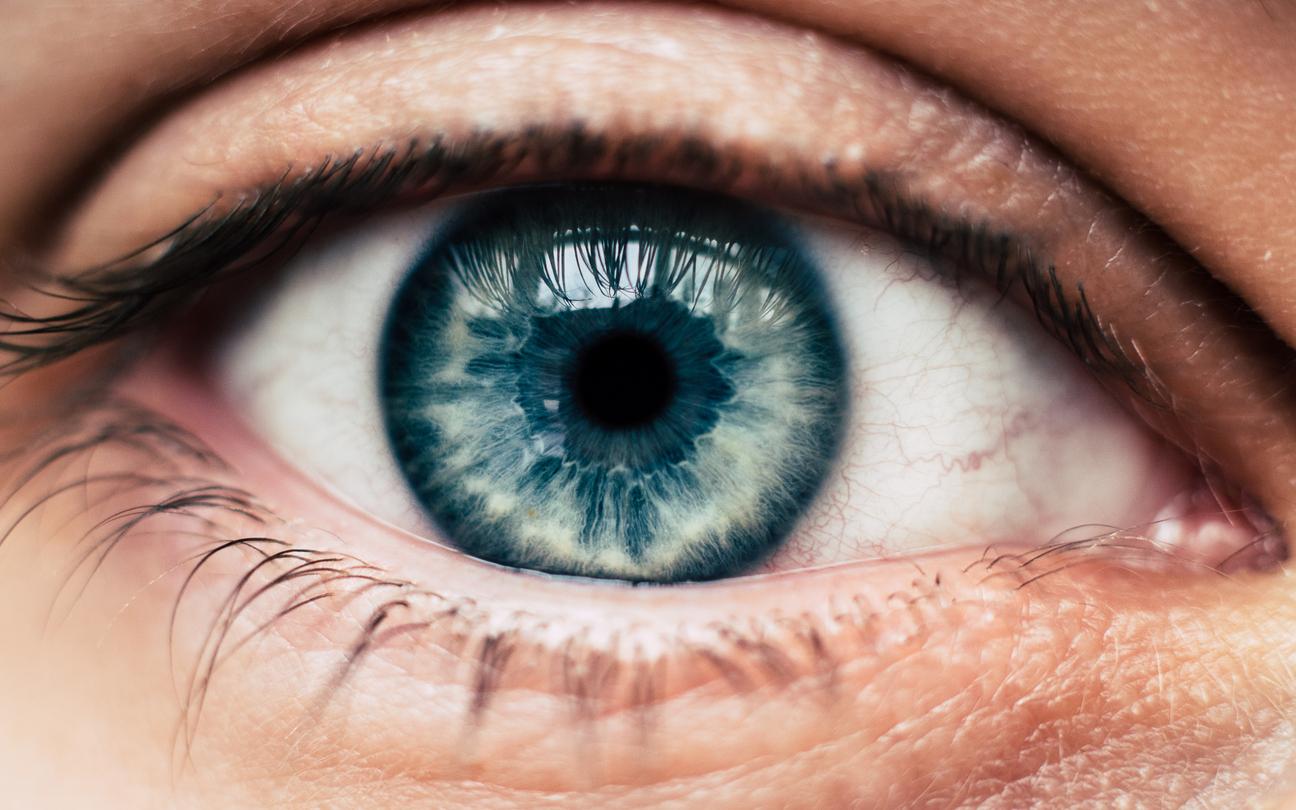The Nucleus Papilio, a structure of the brain stem, would be responsible for the rapid eye movements present during REM sleep.
-1578057846.jpg)
Scientists from the universities of Bern and Friborg (Switzerland) may have put their finger on an age-old question: why do we remember some dreams and not others. The research team has for the first time identified papillary nucleus neurons as being responsible for rapid eye movements during sleep. The results of their research have been published in the journal NatureCommunications.
The rapid eye movement of the eyes in REM sleep is present during a phase of high dream activity. This phase of sleep is called paradoxical because of the muscle relaxation of the sleeping person associated with rapid eye movements. If this phase of sleep was discovered by French and American researchers in the 1950s, to date, understanding of the usefulness of this strange phenomenon remains limited. According to scientists, rapid eye movement would accompany the work of memorizing information that takes place during REM sleep, and would partly explain why we remember certain information when we wake up.
Influencing eye movements during sleep
The Nucleus Papilio – a structure located in the brain stem, so called because it recalls the wings of a butterfly -, was studied by the team led by Franck Girard and Marco Celio, from the University of Fribourg. Franck Girard explains his approach: “These neurons are associated with multiple nerve centers, in particular those responsible for eye movements and those involved in the control of sleep. So we asked ourselves the following question: can Nucleus Papilio play a role in controlling eye movements during sleep?”
After posing the hypothesis, the team of researchers from Friborg worked with Doctor Carolina Gutierrez Herrera, from the Department of Neurology at the University Hospital of Bern, and Professor Antoine Adamantidis, from the Department of Biomedical Research at the University of Bern. , who studied sleep in mice.
Vary the intensity of rapid eye movement
Carolina Gutierrez Herrera had found in her research that the Nucleus Papilio neurons were particularly active in the phase of REM sleep, which allowed researchers at the University of Bern to observe more closely the loop around the Nucleus Papilio neurons. . In doing so, the researchers used optogenetic methods (a combination of optical and genetic techniques) to demonstrate that their artificial activation causes rapid eye movements, especially during this phase of sleep. They also found that inhibiting or eliminating these same neurons blocks eye movement.
Researchers are now focusing their attention on confirming the effects of Nucleo Papilio neuron activation during REM sleep in humans.
In their conclusion, the researchers say that identifying the Papilio nucleus neurons responsible for REM sleep could soon help scientists better understand the neural circuits involved in REM sleep. This finding would also help understand how these neurons are prone to degenerative changes in conditions such as Parkinson’s disease.
.















